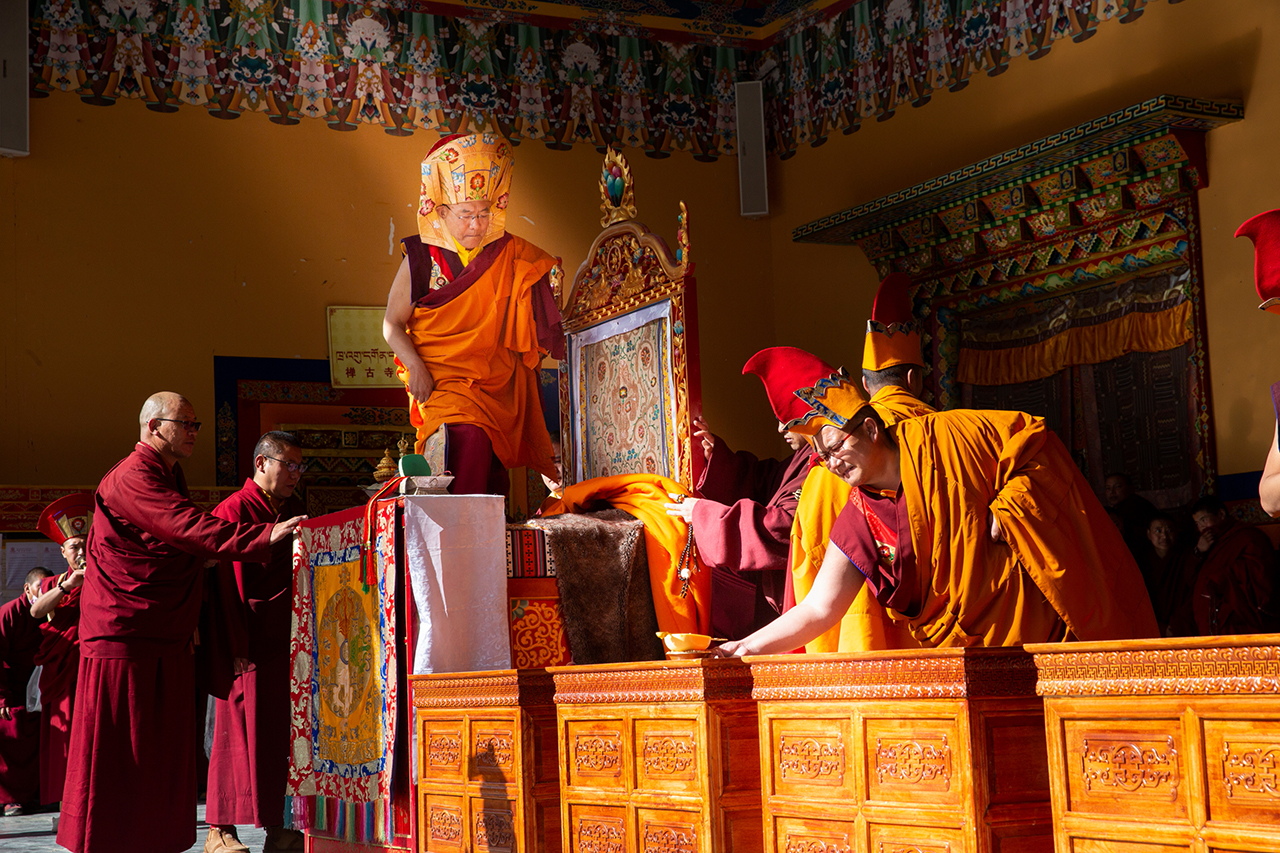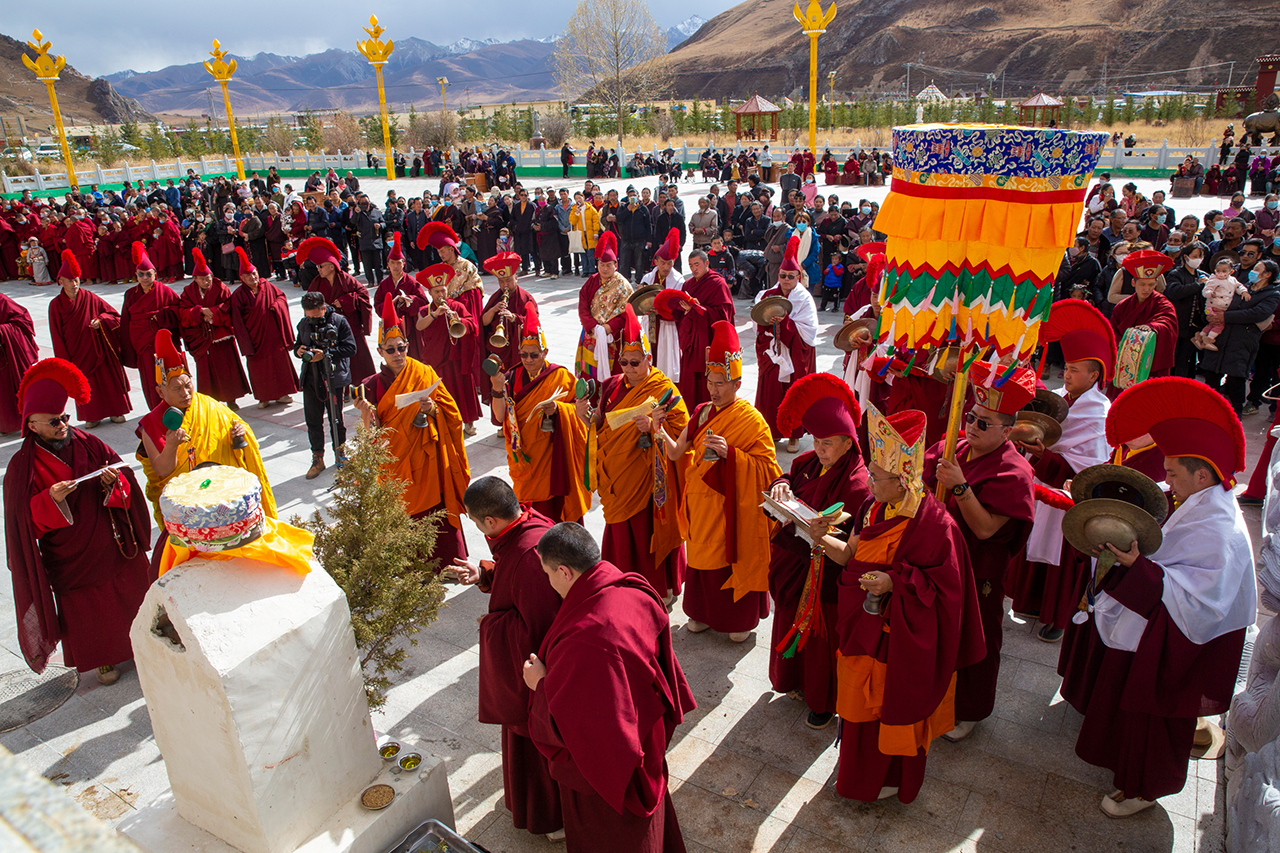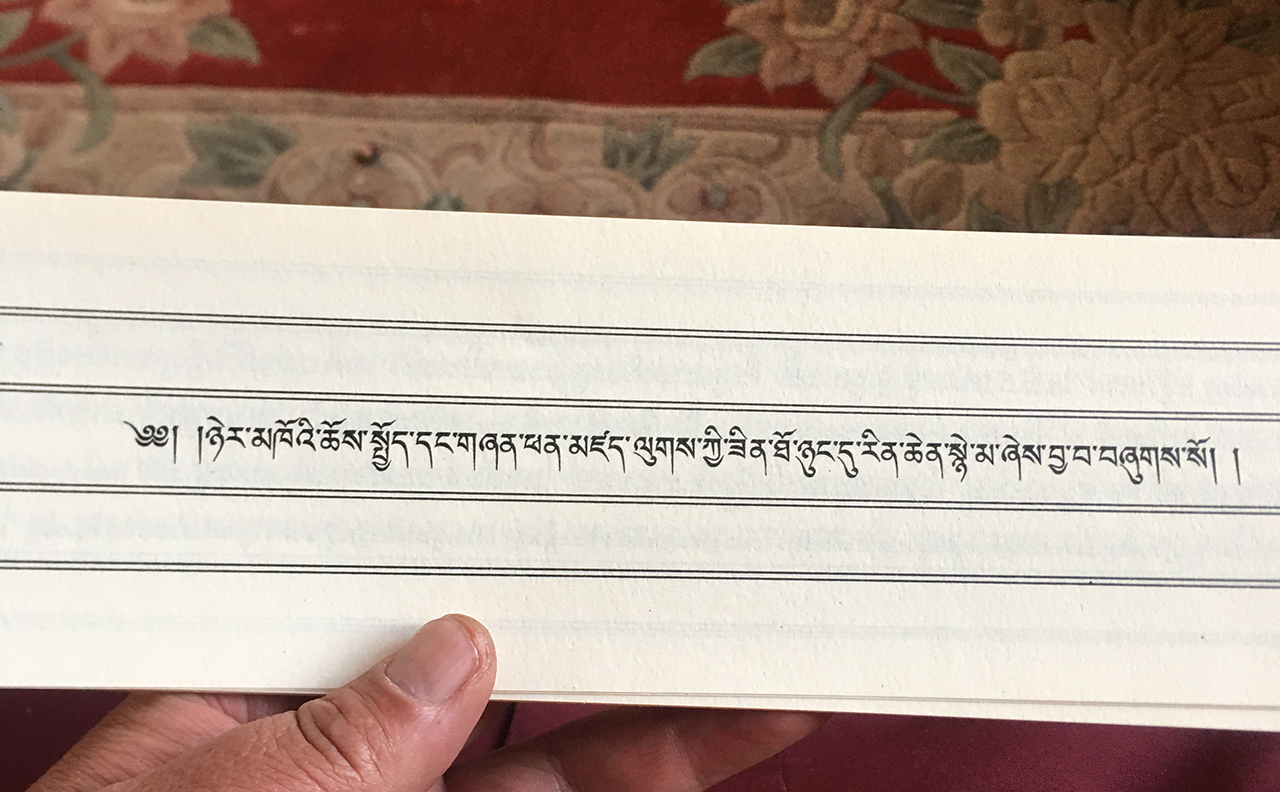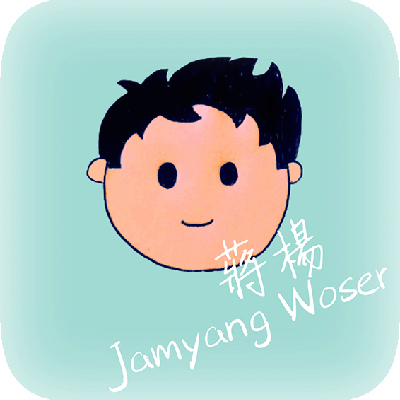【COLUMN∣JAMYANG 】Lodro Nyima Rinpoche: Practices of a Spiritual Teacher

“An influential teacher in Tibet, Lodro Nyima Rinpoche is well versed in the teachings of the Kagyu, Nyingma, Sakya, and Gelug traditions. Our magazine’s current edition focuses on the theme of the spiritual teacher, so we asked Rinpoche what it takes to be a good one. In this interview, he shares with us a text that has been beneficial to his practice, and a few words he would like to express to his root guru, Thrangu Rinpoche.”
Interviewee: Lodro Nyima Rinpoche
Interviewer: Ani Jangchub Drolma r
Editor: Jane Chen
Chinese to English Translator: Jamyang Woser
English Copyeditor: Cecilia Chen
Photography: Liu Jie, Lama Palden

How to become a good spiritual teacher?
I will give two examples of a genuine spiritual teacher.
The first is Thrangu Rinpoche. He kept the teachings of the 16th Karmapa close to heart, and dedicated his entire life towards preserving the teachings of the Karma Kagyu lineage. He built numerous monasteries in India, Nepal, Bhutan, and all over the world. Although Rinpoche is 89 years old, he still worries about the situation of our monasteries, Shedras, and dharma centers. Not only is he wholly committed to the Kagyu teachings, but he also generously lends a hand to other schools and traditions when needed. Thrangu Rinpoche is the epitome of a spiritual teacher that we should all look up to.
The second is Lama Karma Yeshe, whom I visited recently in Jiangda, Tibet. I’ve long heard that there is a lama who is staying in retreat in Jiangda, so I seized the opportunity to meet him. He had stayed in retreat for more than 40 years because his root guru, the great adept Karma Norbu, told him his purpose is to stay in solitary retreat in this lifetime. He kept this simple instruction in mind and conducted retreat in a cave for 37 years. The Kagyu teachings mention that we should see the teacher as the Buddha, and his immense devotion is a prime example of this. I felt remorse towards my various shortcomings after meeting with him. Although I aspire to improve in this regard, it is certainly not an easy thing to accomplish.

Practices of a spiritual teacher
While in retreat, I read Precious Grains: Notes on Essential Behavior and Methods to Benefit Others, a text written by the 15th Karmapa to his son, the 2nd Jamgon Kongtrul Rinpoche. The Karmapa was about to leave Tsurphu monastery at that time, so he wrote it for his son before they parted ways.
I read this book from cover to cover numerous times. There are plenty of details found here, including what to visualize when we awake in the morning, retire to bed, mount and dismount our horses, close or open doors, drink water, and so forth. In addition, when a teacher places their hands on the heads of their students, there are also visualizations associated with every finger on each hand.
Like many other teachers in Tibet, I meet various people who approach me and sincerely describe the different aches and pains in their eyes, ears, and other parts of their bodies. Sometimes, they even lie flat on the ground and ask the teacher to remove their obstacles by stepping on them. This text clearly states what a teacher needs to visualize when they blow air or step on their students. It also gives advice on making dedications. I try to follow the instructions in this text, and it has been highly beneficial.
My best offering to Rinpoche
While in retreat, I often thought about visiting Rinpoche the moment I got out. I wanted to share with him my experiences and ask him to point out the problems and shortcomings of my practice. However, due to the pandemic, I am still unable to meet him in person. I wrote a letter to Rinpoche using Wechat, and he replied immediately with words of encouragement, making me extremely happy. Prior to receiving his reply, I was actually quite worried since I didn’t make a proper request before I headed into retreat. I was afraid at that time he wouldn’t approve my request and I wouldn’t be able to go. I felt guilty about this throughout my retreat, so I made confessions repeatedly and dedicated my practice towards Rinpoche’s longevity and health.
After my retreat, I had it all figured out. Rinpoche’s wish is for me to take proper care of Thrangu monastery, the Shedra, and the education of the younger monks, especially Traleg Rinpoche. The future of the monastery depends on Traleg Rinpoche, so his education and studies are extremely important. If I manage the monastery well and relieve Rinpoche of worry, this will be the best offering to him.
On the 1st of January, Rinpoche told me via a video call that he is very delighted and not worried at all about the management and affairs of Thrangu monastery. He expressed his appreciation and hopes I travel to Nepal once the pandemic subsides. I pray every day for the pandemic to be over so I can meet Rinpoche again.

JAMYANG 蔣揚
A native of Taiwan, Jamyang grew up in Singapore and gradually developed an interest in studying languages. He is currently learning Tibetan.
出生在台灣的蔣揚,在新加坡長大,並對語文感到興趣,目前正在學習藏文。